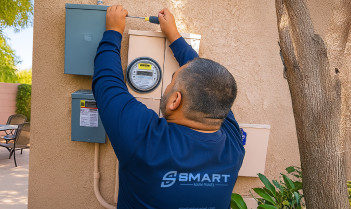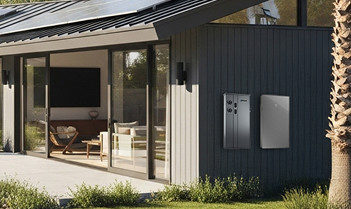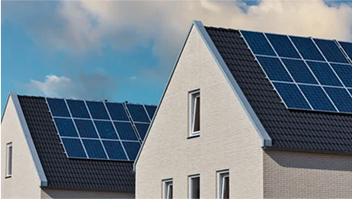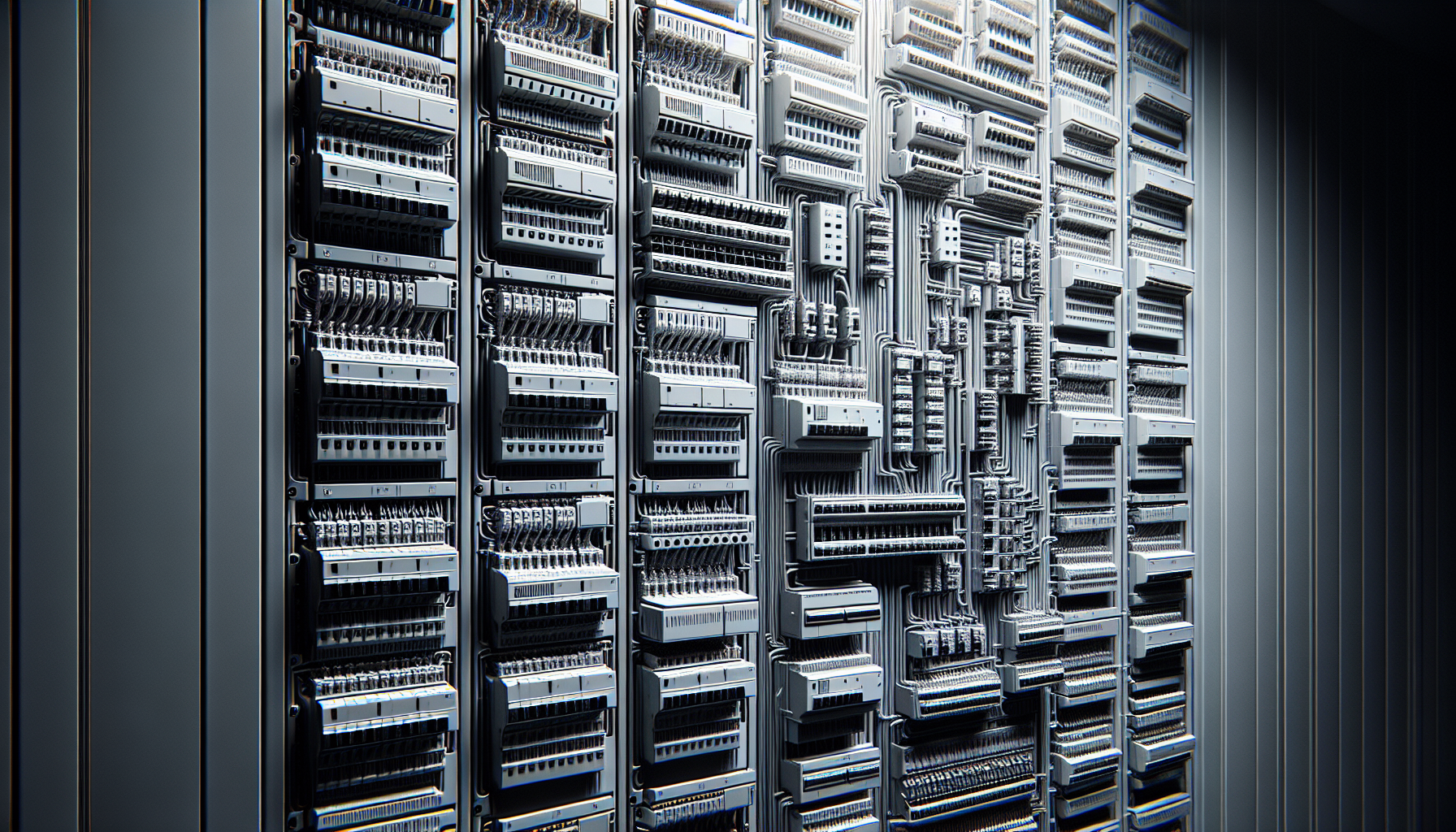
Date
What Kind Of Breaker Panel Do I Have?
So, you’ve recently moved into a new home, and you’re feeling a little puzzled about the electrical system. As you gaze at the mysterious breaker panel in your basement, you can’t help but wonder, “What kind of breaker panel do I have?” Don’t worry, my friend, because today we’re going to unravel this enigma together. Time to shed some light on the subject and help you understand the inner workings of your electrical system. Let’s get started!
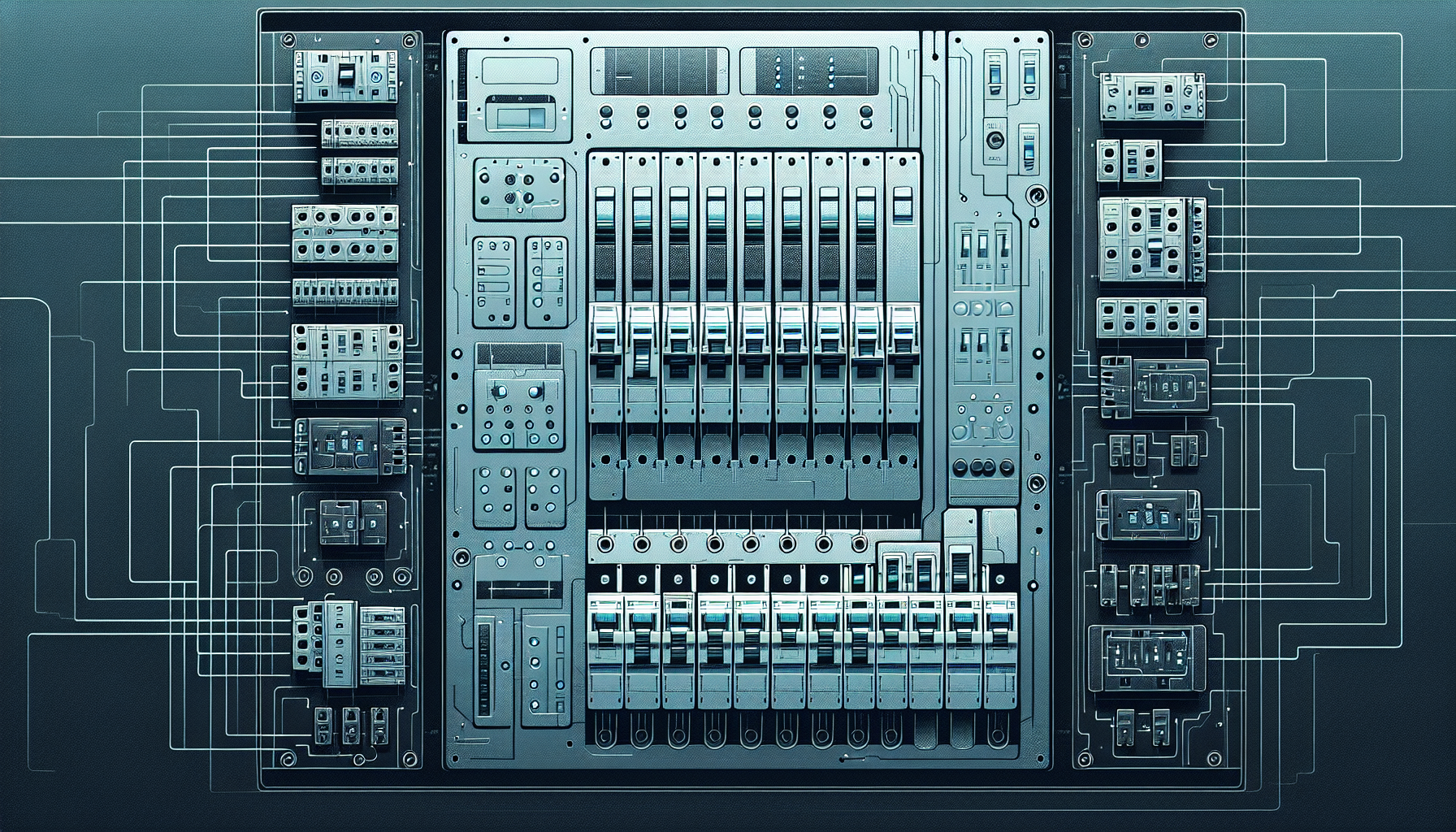
Determining the Type of Breaker Panel
When it comes to the electrical system in your property, it is important to understand the type of breaker panel you have. This knowledge is crucial for various reasons, including safety, maintenance, and upgrades. There are a few key factors that can help you determine the type of breaker panel you have – the age of the property and a visual inspection of the breaker panel.
Age of the Property
One of the first indicators of the type of breaker panel you have is the age of your property. Older homes are more likely to have outdated breaker panels that may not meet current electrical standards. If your property is more than 30 years old, chances are you have an older type of breaker panel that may need upgrading.
Visual Inspection of the Breaker Panel
Performing a visual inspection of your breaker panel can provide valuable insights into its type. Look for any labels or markings on the panel itself. These labels may indicate the manufacturer, model, or type of the panel. Additionally, observe the layout and structure of the panel. This can help you distinguish between different types of breaker panels, as they have unique designs.
Types of Breaker Panels
Now that you have some understanding of how to determine the type of breaker panel you have let’s dive into the different types of breaker panels you may come across. Familiarizing yourself with these types will enable you to make informed decisions regarding maintenance, upgrades, and safety precautions.
1. Fuse Box Panels
Fuse box panels, also known as fuse panels, were commonly used in older homes before circuit breakers became more prevalent. These panels contain fuses instead of circuit breakers to protect electrical circuits. Each circuit has its own fuse, which acts as a safety mechanism by breaking the circuit if an overload or short circuit occurs.
2. Split-Bus Panels
Split-bus panels were commonly installed in homes built between the 1950s and the early 1970s. They are characterized by having multiple disconnect switches or breakers that control different segments of the electrical system. The main breaker in a split-bus panel does not control all the circuits, leading to potential confusion during power shutoffs.
3. Main Breaker Panels
Main breaker panels are the most commonly used type of breaker panel in modern homes. They feature a main breaker that controls the entire electrical system in the property. With main breaker panels, all circuits are safely disconnected when the main breaker is switched off.
4. Main Lug Panels
Main lug panels, also known as sub-feed lug panels, do not have a main breaker. Instead, they have lugs where the power supply enters the panel, and individual breakers control each circuit. These panels are often used as subpanels in larger electrical systems or in detached structures such as garages or workshops.
5. Subpanels
Subpanels are additional breaker panels installed to expand the electrical capacity of a property. These panels are connected to the main breaker panel and provide power to specific areas or appliances. Subpanels are commonly used in situations where the existing main panel cannot accommodate the electrical demand of all circuits or where separate electrical systems are needed for different areas.
Fuse Box Panels
Fuse box panels, as mentioned earlier, were prevalent in older homes. To get a better understanding of this type of breaker panel, let’s explore their composition and the role of fuses within them.
Composition
Fuse box panels consist of a metal enclosure that houses fuses for the electrical circuits in a property. The enclosure is typically mounted on a wall or in a dedicated electrical room. It is important to note that fuse box panels are considered outdated and are generally not compliant with current electrical codes.
Fuses
Fuses are the key components of fuse box panels. They are designed to break the circuit in the event of an overload or short circuit. Fuses contain a thin metal strip or wire that melts when excessive current flows through it. When a fuse “blows,” it must be replaced with a new one of the same rating to restore power to the circuit.
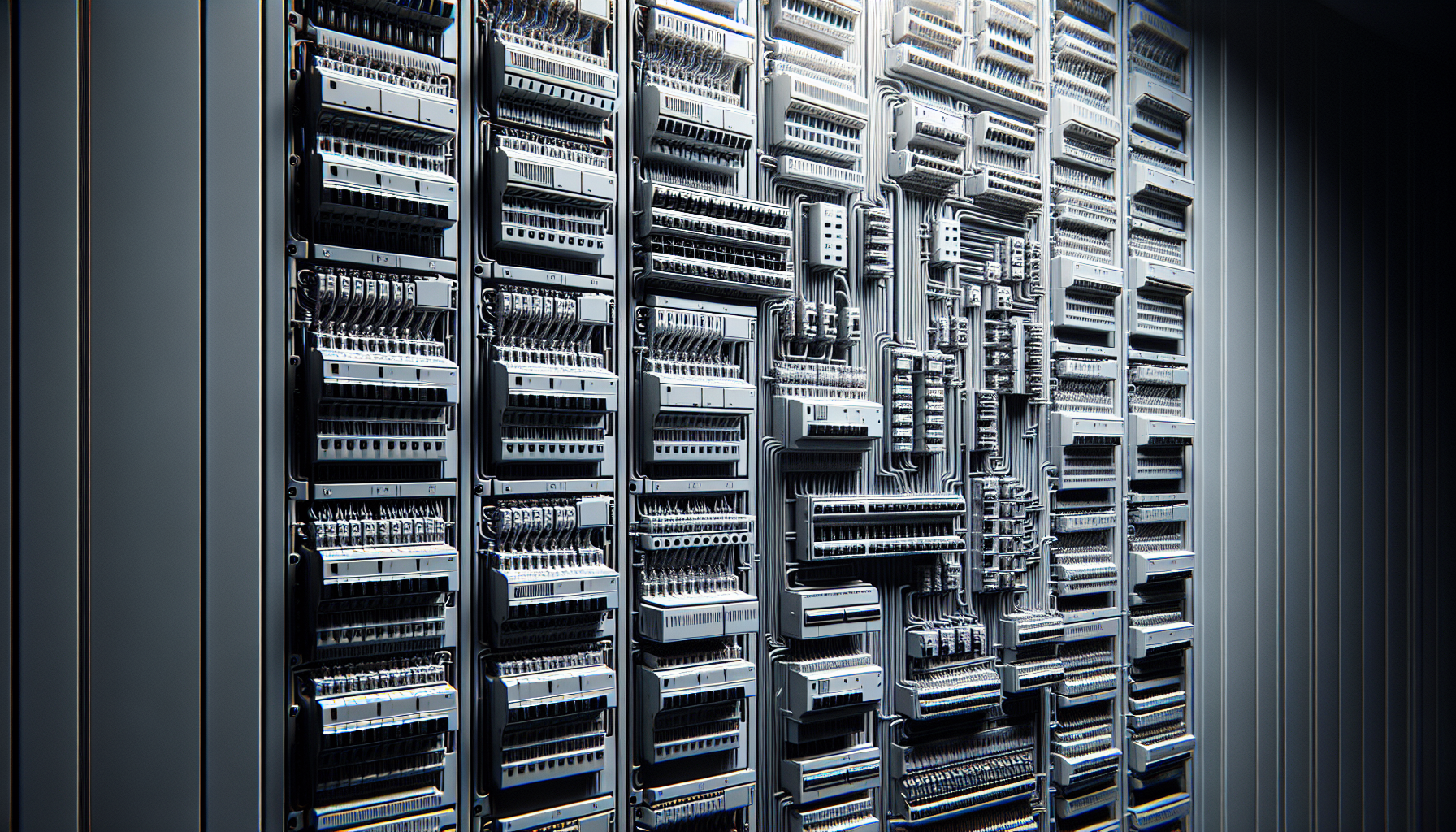
Split-Bus Panels
Split-bus panels were commonly used during a specific era and understanding how they work and the issues associated with them can be helpful for homeowners with this type of breaker panel.
How They Work
Split-bus panels are characterized by having multiple disconnect switches or breakers that control different segments of the electrical system. The main breaker in a split-bus panel does not control all the circuits; instead, it only controls the upper section of the panel, which typically includes the larger appliances and higher voltage circuits. The remaining circuits are controlled by separate breakers located below the main breaker.
Issues and Considerations
One of the potential issues with split-bus panels is the lack of a main breaker that disconnects all the circuits in the event of a power shut-off. This can cause confusion during emergencies or when performing maintenance on the electrical system. Additionally, split-bus panels are not compliant with current electrical codes and may pose safety risks due to their age and design.
Main Breaker Panels
Main breaker panels are the most commonly used type of breaker panel in modern homes due to their convenience and safety features. Understanding their design and operation can help homeowners make informed decisions regarding their electrical system.
Design and Operation
Main breaker panels feature a single main breaker that controls all the circuits in the electrical system. When the main breaker is turned off, all circuits are safely disconnected, preventing the flow of electricity throughout the property. This feature is particularly useful during emergencies, maintenance, or any situation that requires a complete power shutdown.
Advantages and Limitations
The main advantage of main breaker panels is their ability to easily and safely shut off power to the entire electrical system. This ensures the safety of homeowners and facilitates maintenance or repairs. However, it is important to note that the electrical capacity of a main breaker panel is limited by its rating. Therefore, if the electrical demand of a property exceeds the panel’s rating, upgrading may be necessary to avoid potential issues.
Main Lug Panels
Main lug panels are a type of breaker panel that serves specific purposes in certain electrical systems. Understanding their functionality and applications can assist homeowners in determining if they have this type of panel and what it means for their property.
Functionality
Main lug panels do not have a main breaker like other types of panels. Instead, they have lugs where the power supply enters the panel. Individual breakers are then used to control each circuit. Main lug panels are commonly used as subpanels in electrical systems, specifically in situations where there is a need for additional circuits or separate electrical systems.
Applications
Main lug panels are often found in larger electrical systems where the main breaker panel cannot accommodate the electrical demand of all circuits. They are also commonly used in detached structures such as garages or workshops, where a separate electrical system is needed. Main lug panels provide a convenient way to expand the electrical capacity of a property without replacing the entire main breaker panel.
Subpanels
Subpanels, as mentioned earlier, are additional breaker panels that are connected to the main breaker panel. Let’s explore their definition, purpose, and installation considerations.
Definition and Purpose
Subpanels are breaker panels that provide additional capacity for electrical circuits. They are connected to the main breaker panel through a feeder circuit and generally serve a specific area or appliance. Subpanels can be installed to accommodate the electrical demand of a new addition to the property or to provide separate electrical systems for different areas.
Installation Considerations
When installing a subpanel, it is crucial to ensure proper electrical connections and sizing. The feeder circuit connecting the main panel to the subpanel must be appropriately sized to handle the electrical load. Additionally, subpanels should be installed by qualified electricians to ensure compliance with electrical codes and to guarantee the safety and functionality of the electrical system.
Upgrading Your Breaker Panel
If you have an outdated or inadequate breaker panel, upgrading it may be necessary. Understanding the reasons for an upgrade and seeking professional assistance are crucial steps in ensuring a safe and efficient electrical system.
Reasons for Upgrade
There are several reasons why upgrading your breaker panel may be necessary. An outdated panel may not meet current electrical codes, posing safety risks. Inadequate capacity can lead to frequent tripping of breakers or insufficient power for your electrical needs. Additionally, if you plan to install new appliances, additions, or additional circuits, your current panel may not have the capacity to handle the increased load.
Seeking Professional Assistance
Upgrading a breaker panel is a complex task that should be handled by a licensed and qualified electrician. A professional will assess your electrical needs, determine the appropriate panel capacity, and ensure proper installation and compliance with electrical codes. DIY attempts at panel upgrades can be dangerous and may result in electrical hazards or code violations, so it is always recommended to seek professional assistance.
Important Safety Considerations
When dealing with your electrical system, safety should always be a top priority. There are several safety considerations that every homeowner should keep in mind.
Electrical Knowledge and Experience
Working on an electrical system requires a certain level of knowledge and experience. It is essential to understand the basics of electricity, how breaker panels function, and the potential risks involved. If you are unsure or uncomfortable with any electrical work, it is best to hire a professional electrician who has the necessary expertise.
Regular Inspections
Regular inspections of your breaker panel are vital for identifying any potential issues or safety hazards. Visual inspections should be performed periodically to check for signs of damage, overheating, or loose connections. If you notice anything unusual, such as buzzing sounds, burning odors, or sparks, it is crucial to contact a qualified electrician immediately.
Proper Maintenance
Maintaining your breaker panel and the overall electrical system is key to ensuring its longevity and safety. Keep the area around the panel clear of any obstructions, and avoid placing heavy objects on or around the panel. Periodically tighten any loose connections and replace any worn-out or damaged breakers. It is also recommended to have a professional electrician perform regular maintenance checks to ensure everything is functioning properly.
Conclusion
Determining the type of breaker panel you have is important for various reasons, including safety, maintenance, and upgrades. By considering the age of the property and conducting a visual inspection of the breaker panel, you can gain valuable insights into its type. Familiarizing yourself with the different types of breaker panels – such as fuse box panels, split-bus panels, main breaker panels, main lug panels, and subpanels – enables you to make informed decisions regarding your electrical system. Whether you need to upgrade your breaker panel or seek professional assistance, safety should always be a priority. Regular inspections and proper maintenance play a crucial role in ensuring the safety and reliability of your electrical system. By understanding the type of breaker panel you have and implementing appropriate measures, you can maintain a safe and efficient electrical system in your property.

